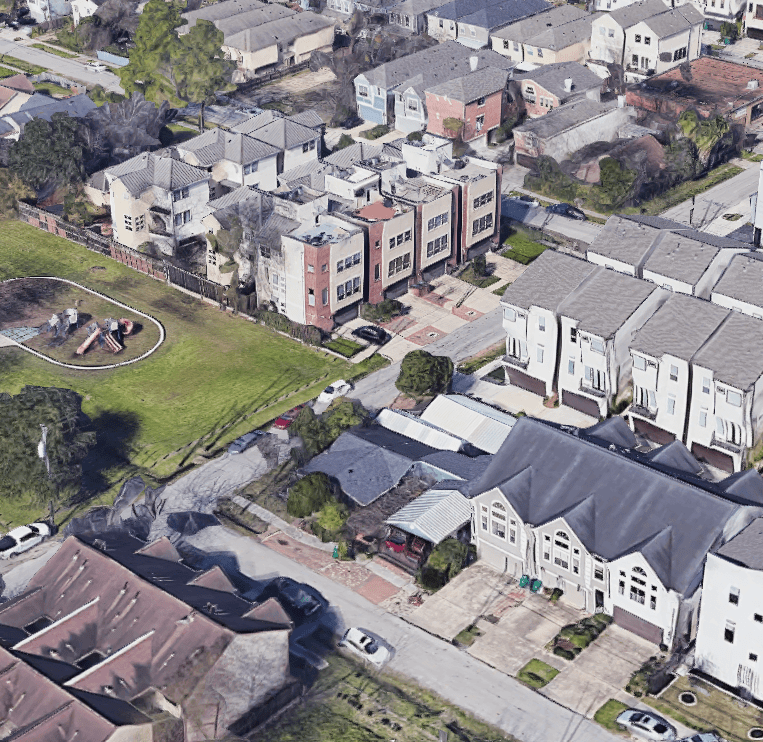You want to transform car-oriented sprawl to a walkable 15-minute city? There's only one place in the US where that's happening on a large scale: Houston. And it's not perfect, of course, but it's diverse (in both buildings & people) and happening in real time.
There are of course other, smaller-scale pockets of transformation. Palisades Park, NJ, is one: side-by-side duplexes have practically taken over the town. High parking minimums force them all to be tuck-unders.
(h/t native son Ed Pinto & @ebwhamilton for research on this)
(h/t native son Ed Pinto & @ebwhamilton for research on this)
Ostentatious tuck-under duplexes aren't going to be everyone's favorite style, but they're new & different & unique. If you value local vernaculars, you should welcome these bad boys. (It's also one of the best areas on the East Coast to get Japanese or Korean food... #roadtrip!)
(The other candidate for transformational impact is the ADU, first in Vancouver and potentially now in Los Angeles).
And a final, provocative thought: Parolek says garage create a “lack of activation”. But I think garages are the most street-activating feature of a house, regularly open while kids play or men tinker. Who interacts with a neighbor by peering in their kitchen window?
I might recruit some of you to run a study on this :-)
FIN.
That's the end of my 3-part critique of *Missing Middle Housing* and (to a lesser extent) missing middle housing. I'm planning to end my day by visiting some narrow Philly townhouse streets that @riccoja tweeted about. https://twitter.com/riccoja/status/852214982351749120
That's the end of my 3-part critique of *Missing Middle Housing* and (to a lesser extent) missing middle housing. I'm planning to end my day by visiting some narrow Philly townhouse streets that @riccoja tweeted about. https://twitter.com/riccoja/status/852214982351749120
(This thread wasn't linked to the original tweet or article, so here's the latter) https://marketurbanism.com/2020/09/10/missing-middle-critique-3/

 Read on Twitter
Read on Twitter



